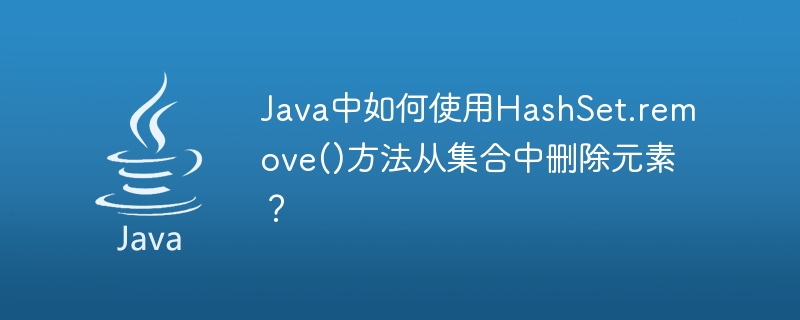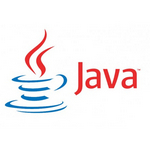
Java中使用HashSet.remove()方法可以从集合中删除指定元素。HashSet是一个实现了Set接口的集合类,它不允许存储重复元素,且不保证元素顺序。在操作HashSet时,可以使用remove()方法来删除集合中的元素。
HashSet的remove()方法有两种重载形式:
下面是使用HashSet.remove()方法从集合中删除元素的示例代码:
import java.util.HashSet;
public class HashSetRemoveExample {
public static void main(String[] args) {
// 创建一个HashSet集合
HashSet<String> set = new HashSet<>();
// 向HashSet集合中添加元素
set.add("Java");
set.add("Python");
set.add("C++");
System.out.println("HashSet集合中的元素:" + set);
// 删除指定元素"C++"
boolean isRemoved = set.remove("C++");
if (isRemoved) {
System.out.println("成功删除元素C++");
System.out.println("删除后的HashSet集合中的元素:" + set);
} else {
System.out.println("HashSet集合中不存在元素C++");
}
// 删除集合中所有以"P"开头的元素
boolean isRemovedAll = set.removeIf(s -> s.startsWith("P"));
if (isRemovedAll) {
System.out.println("成功删除满足条件的元素");
System.out.println("删除后的HashSet集合中的元素:" + set);
} else {
System.out.println("HashSet集合中不存在满足条件的元素");
}
}
}运行以上代码,输出结果为:
立即学习“Java免费学习笔记(深入)”;
HashSet集合中的元素:[Java, Python, C++] 成功删除元素C++ 删除后的HashSet集合中的元素:[Java, Python] 成功删除满足条件的元素 删除后的HashSet集合中的元素:[Java]
可以看到,使用HashSet.remove()方法可以方便地从集合中删除指定元素或满足条件的元素。在删除元素前,需要先确保元素存在于集合中,避免出现错误。
以上就是Java中如何使用HashSet.remove()方法从集合中删除元素?的详细内容,更多请关注php中文网其它相关文章!

java怎么学习?java怎么入门?java在哪学?java怎么学才快?不用担心,这里为大家提供了java速学教程(入门到精通),有需要的小伙伴保存下载就能学习啦!

Copyright 2014-2025 https://www.php.cn/ All Rights Reserved | php.cn | 湘ICP备2023035733号